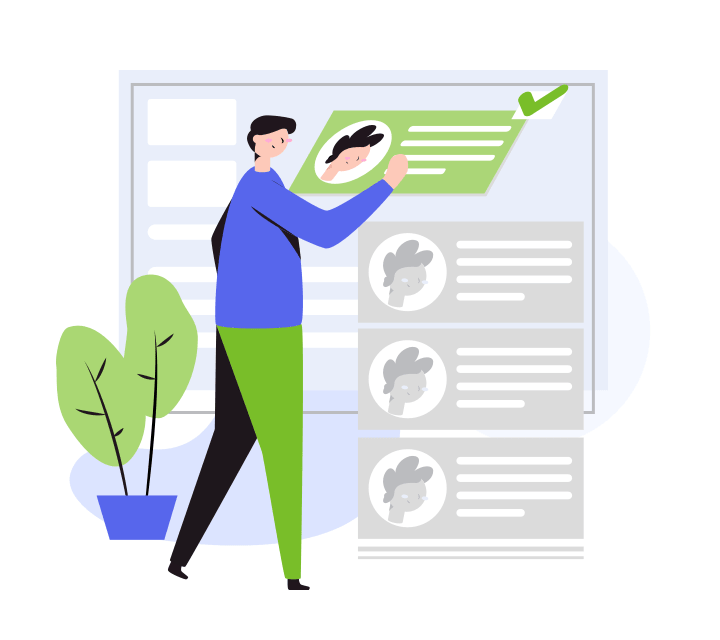
What to Do If You Havent Been Paying Quarterly Taxes

If you are in business for yourself, you generally need to make estimated tax payments. Estimated tax is used to pay not only income tax, but other taxes such as self-employment tax and alternative minimum tax. If you don’t pay enough tax through withholding and estimated tax payments, you may have to pay a penalty. You also may have to pay a penalty if your estimated tax payments are late, even if you are due a refund when you file your tax return. Investors who receive large dividend payments might also be required to pay quarterly taxes on those earnings, if they meet the $1,000 threshold and other requirements.
- If you fall into any of those three categories, you’ll have to calculate your penalty yourself.
- From there, you’ll need to calculate your income for the quarter and year to see what your estimated tax payment amounts to.
- You won’t owe an estimated tax penalty if the tax shown on your 2024 return, minus your 2024 withholding, is less than $1,000.
- When it comes to paying federal income taxes, W-2 employees have it easy.
- The Underpayment of Estimated Tax by Individuals Penalty applies to individuals, estates and trusts if you don’t pay enough estimated tax on your income or you pay it late.
- Check your state tax department’s website for details, as state deadlines and rules may differ from federal ones.
Views expressed are as of the date indicated, based on the information available at that time, and may change based on market or other conditions. Unless otherwise noted, the opinions provided are those of the speaker or author and not necessarily those of Fidelity Investments or its affiliates. Fidelity does not assume any estimated tax duty to update any of the information. The IRS also charges interest on penalties, which can increase your tax bill even more. Great, you have saved this article to you My Learn Profile page. Editorial content from The Ascent is separate from The Motley Fool editorial content and is created by a different analyst team.
How to Pay Quarterly Estimated Taxes
For additional information on how to figure your estimated tax, refer to Publication 505, Tax Withholding and Estimated Tax. Individuals, including sole proprietors, partners, and S corporation shareholders, generally have to make estimated tax payments if they expect to owe tax of $1,000 or more when their return is filed. The IRS requires you to pay taxes throughout the year as you receive income. If you earn a wage and get a W-2, then your employer is doing this on your behalf every time they withhold money from your paycheck.
- MyBankTracker has partnered with CardRatings for our coverage of credit card products.
- As we mentioned earlier, you can also apply to waive the underpayment penalty you owe.
- IRS Publication 505 has all the rules and details, and good tax software will help you fill out the form and do the math.
- Click here to read our full review for free and apply in just 2 minutes.
- Estimated tax payments refer to taxes paid to the IRS on any income that isn’t subject to tax withholding from your pay or pension payments throughout the year.
As long as you’ve set your withholding up properly and you have no other income, you shouldn’t have to make estimated tax payments. You make your estimated payments based on the income you expect to earn and any credits you expect to receive in the year. You can use your prior year tax return as a guide and Form 1040-ES, Estimated Tax for Individuals has a worksheet to help you figure your estimated payments. You can also mail your estimated tax payments with IRS Form 1040-ES using a payment voucher, but the IRS highly encourages taxpayers to consider electronic methods of payment.
What happens if you miss a quarterly estimated tax payment?
But it might not be an accurate amount if you don’t know exactly how much you’ll make for the rest of the year—and that could lead to an underpayment penalty. Waiting to pay until the end of the year could also result in an underpayment penalty—because you’ll have missed earlier quarterly deadlines to pay—plus interest charges. Instead of trying to make 1 lump sum payment, it’s recommended to make estimated payments by the quarterly due dates. Now if you don’t remember to make an estimated tax payment on time, your best bet is to send it in as soon as you remember. The IRS will accept a payment from you at any time — you don’t need to wait until the next quarter’s deadline. Paying your estimated taxes sooner rather than later could help keep your penalties to a minimum if you miss the official deadline.